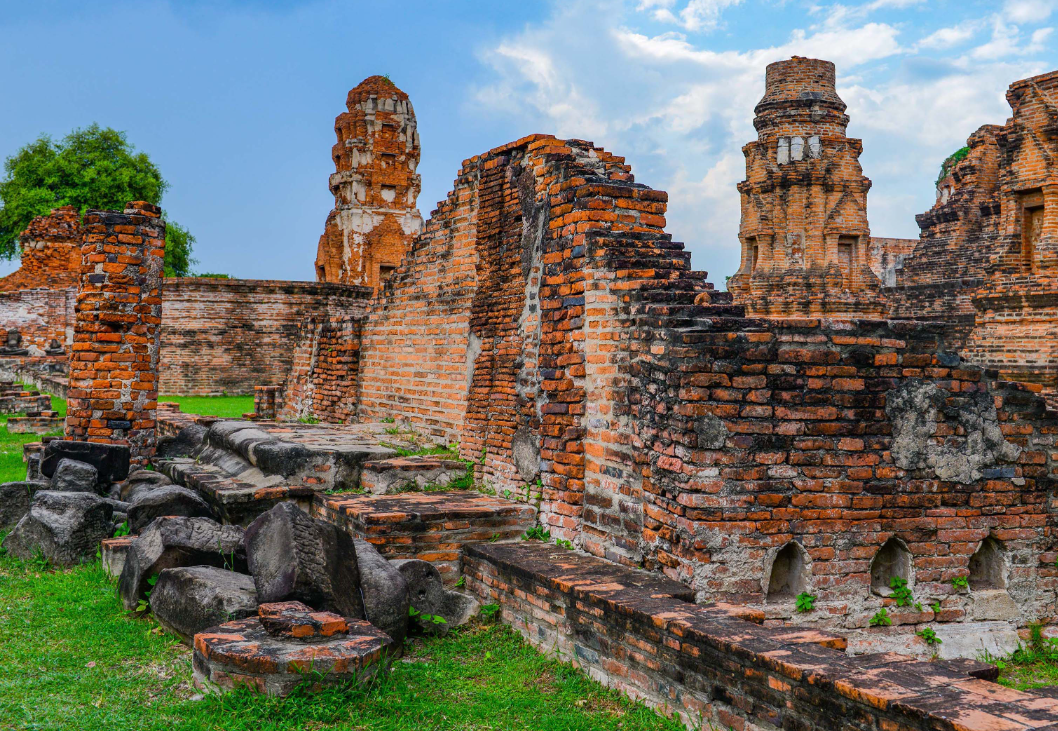
In addition, there is an antique manor in Port Louis, which contains antique sugar manufacturing and winery, where visitors can see the face and lifestyle of Mauritius in the past.
Guests to Port Louis are invited to watch a "dance on fire" at an Indian temple the night after the tour, with an Indian man dancing barefoot on a charcoal fire, which is both exciting and intense.
Located in the north of the island of Mauritius, Grant Bay is a small seaside village in the island's Langbart River district, which is famous for its soft sandy beaches.
Grant Bay is a famous village in Mauritius, and its charm comes from the clear green water and the vitality of the day and night.
Grant Bay was the first thriving base on the island of Mauritius to establish a tourist point, and it is a haven for shopping and leisure.
Here the beach is soft and soft, the sea is pure and transparent, you can see the colorful coral under the sea, many resort hotels are built near the sea, the vision is very broad.
It offers a wide range of water recreational facilities, including swimming, sailing, windsurfing, paddling, deep-sea fishing, yachting and helicopter Tours. Grant Bay and the surrounding area also offers a large number of fashion and craft shops, restaurants, hotels and more.
In addition, Grant Bay is also known for its colorful nightlife, with some of the best bars and nightclubs on the island, and local Mauritians love to enjoy the night life in Grant Bay.
Big Wave Bay is a bay located in the south of the island of Mauritius, due to its geographical location easy to form big waves, is a free 270° large viewing platform.
Here lush tropical forests are close to the coast, and white sand beaches come and go under the pounding waves.
The distant and sometimes high waves come downwind, hitting the reef, sending out a shock cry, breaking the nearby quiet, which makes people excited and exclaiming.
Special note: It is recommended to arrange this trip at the end of the day, so that the sea breeze blows away a tired body.
Apravasi Gat area was built in 1849, has a history of more than 150 years, is located in the capital of Mauritius Port Louis waterfront complex. However, due to natural disasters and historical reasons, only 15% of the complex, which includes dock steps, hospital areas, labor shelters and service areas, remains.
The Apravasi Gat region is considered to be the birthplace of modern contractual labor and today's global economic system. The 1640 square meter Port Louis area is the origin of the modern indentured labor migration. In 1834, the British government chose the island of Mauritius as the first site for the so-called "Great experiment," replacing slaves with free labor.
Between 1834 and 1920, nearly half a million indentured laborers came to Apravasi Gat from India to work in the sugar mills of Mauritius, or were shipped to Reunion Island in Australia, southern and eastern Africa, or the Caribbean. Apravasi Gat's building was one of the first to clearly demonstrate the future economic system of the world, and is one of the greatest testimonies of migration in history.
The economy of Mauritius is dominated by the sugar industry, so if you want to understand the origins of Mauritian cosmopolitan culture and the cultural essence of the Mauritian people, the Sugar Museum is a good place to go.
Opened on October 28, 2002, the Sugar Museum covers an area of about 5,000 square meters and is located in an old sugar factory. The old sugar factory closed in 1999, and after three years of painstaking reconstruction, it is now the sugar Museum.
The Sugar Museum shows the development process of the small island of Mauritius, which has been closely related to the sugar industry for more than four centuries, and it also records the hard work of the workers who have devoted their lives to the sugar industry.
In addition, it does not forget to show people the process of sugar production in a vivid way through pictures and real machine tools. The Sugar Museum consists of three parts - the Eco-Museum, Boutik Village and Le Fangourin restaurant.
The Ecological Museum exhibits some of the original sugar machines, showing visitors the birth and progress of the sugar industry and the development of the population of Mauritius, as well as introducing visitors to sugar plants, sugar processes and sugar markets.

